Plane Tree Water Needs – Tips For Watering A London Plane Tree
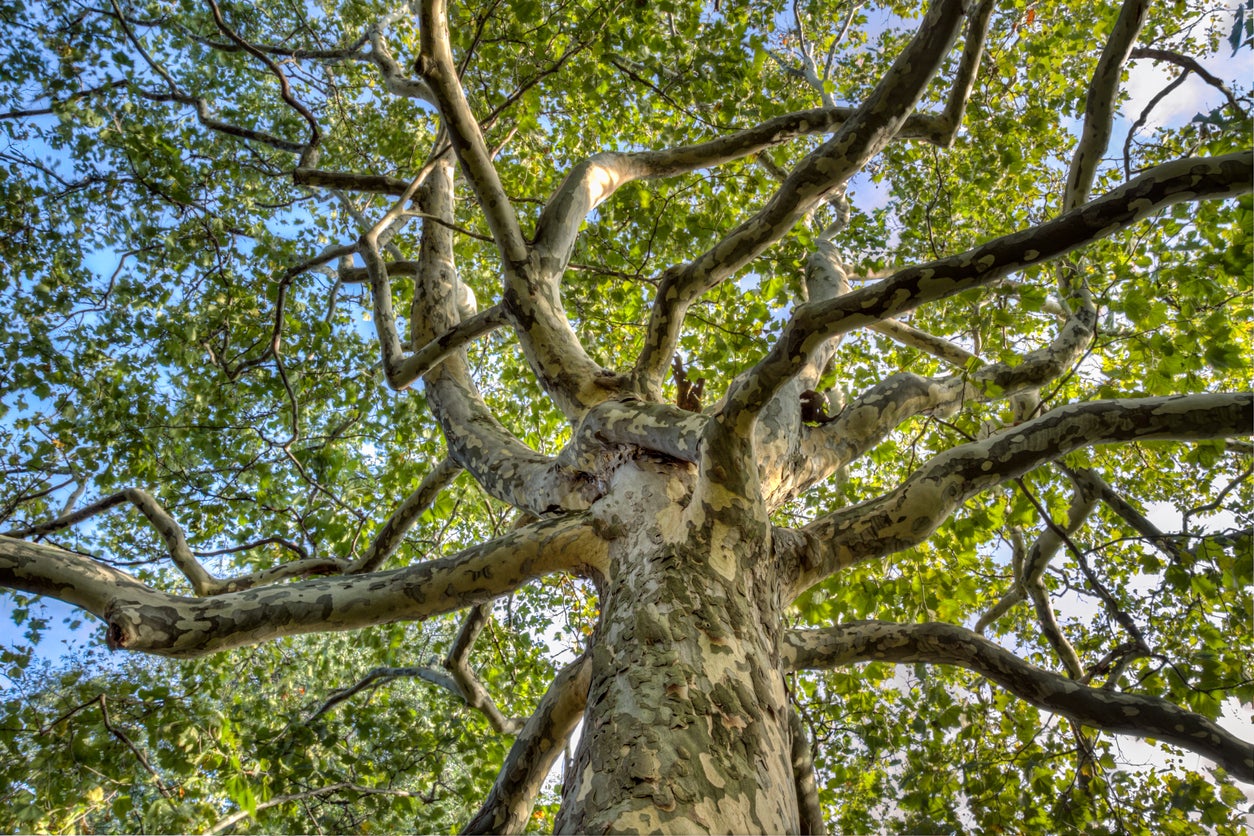
London plane trees have been popular urban specimens for nearly 400 years, and with good reason. They are remarkably hardy and tolerant of a variety of conditions. Once established, they require little additional care with the exception of watering. How much water does a plane tree need? Plane tree water needs depend on a number of factors. Keep reading to learn about watering a London plane tree.
How Much Water does a Plane Tree Need?
As with all trees, the age of the plane tree dictates the amount of watering it requires, but that isn’t the only factor to consider regarding plane tree irrigation. The time of the year and weather conditions are, of course, a huge factor when determining a plane tree’s water needs. Soil conditions are also a factor when determining when and how much water a tree needs. Once all these have been taken into account, you’ll have a good plan for watering a London plane tree.
London Plane Tree Watering Guide
London plane trees are suited to USDA zones 5-8 and are very hardy specimens. They prefer well-drained, moist soil, but they will tolerate some drought and also alkaline pH levels. They are quite disease and pest resistant, even against deer nibbling. The tree is thought to be a cross between the Oriental plane tree and the American sycamore, to which it bears a striking resemblance. Nearly 400 years ago, the first London plane trees were planted and found to thrive in the smoke and grime of London. As you might imagine, the only water the trees received at that time was from Mother Nature, so they had to be resilient. Like all young trees, the first growing season requires consistent plane tree irrigation as the root system develops. Water the root ball area and check it frequently. A newly planted tree may take a couple of years to become established. Established or mature trees generally do not need to be provided with extra irrigation, especially if they are planted in an area that has a sprinkler system, such as near a lawn. This, of course, is a general rule of thumb and, while plane trees are drought tolerant, the roots will search farther for a source of water. A thirsty tree will seek out a source of water. If the roots start growing out or down too far, they could end up interfering with walkways, sewer systems, sidewalks, streets, driveways, and even structures. Since this could be a problem, providing the tree with long deep waterings on occasion during dry spells is a good idea. Don’t irrigate directly adjacent to the trunk, as this can increase the risk of disease. Instead, water where the roots extend: at and beyond the canopy line. Drip irrigation or a slow running hose are ideal methods of plane tree irrigation. Water deeply rather than frequently. London plane trees need water about two times per month depending upon weather conditions. Turn off the water when it starts to run off. Let the water soak in and start watering again. Repeat this cycle until the soil is wet down to 18-24 inches (45.5-61 cm.). The reason for this is that soil that is high in clay soaks up water slowly, so it needs time to absorb the water.
Gardening tips, videos, info and more delivered right to your inbox!
Sign up for the Gardening Know How newsletter today and receive a free copy of our e-book "How to Grow Delicious Tomatoes".

Amy Grant has been gardening for 30 years and writing for 15. A professional chef and caterer, Amy's area of expertise is culinary gardening.
-
 Looking For Plants To Give You The Soft And Fuzzies? Try These 5 Fuzzy Leaf Plant Options
Looking For Plants To Give You The Soft And Fuzzies? Try These 5 Fuzzy Leaf Plant OptionsLovers of texture, drama, silver foliage and tactile plants will adore these special sensory garden additions. These fuzzy leaf plant options will leave you all aglow
By Susan Albert
-
 Get Ready For A Summer Of Hummers! Grow These Full Sun Hummingbird Plants and Flowers
Get Ready For A Summer Of Hummers! Grow These Full Sun Hummingbird Plants and FlowersIf you’re lucky enough to enjoy a sunny backyard, make sure you are maxing out on your pollinator opportunities and grow these full sun hummingbird plants and flowers
By Tonya Barnett
-
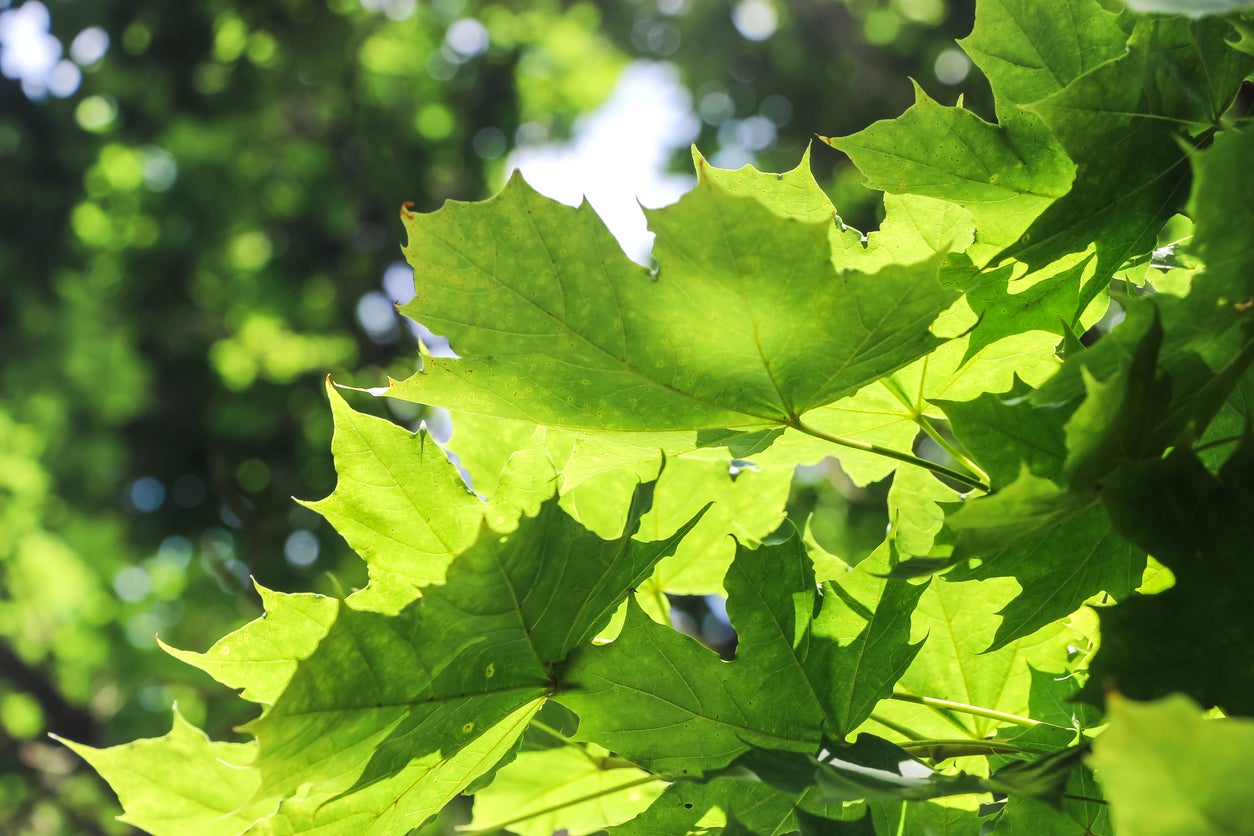 Plane Tree Varieties – Learn About Different Kinds Of Plane Tree
Plane Tree Varieties – Learn About Different Kinds Of Plane TreeWhat comes to mind when you think of a plane tree? The purpose of this article is to clear up the differences among the many types of plane tree. Click here to learn more about the different plane tree varieties you might come across.
By Liz Baessler
-
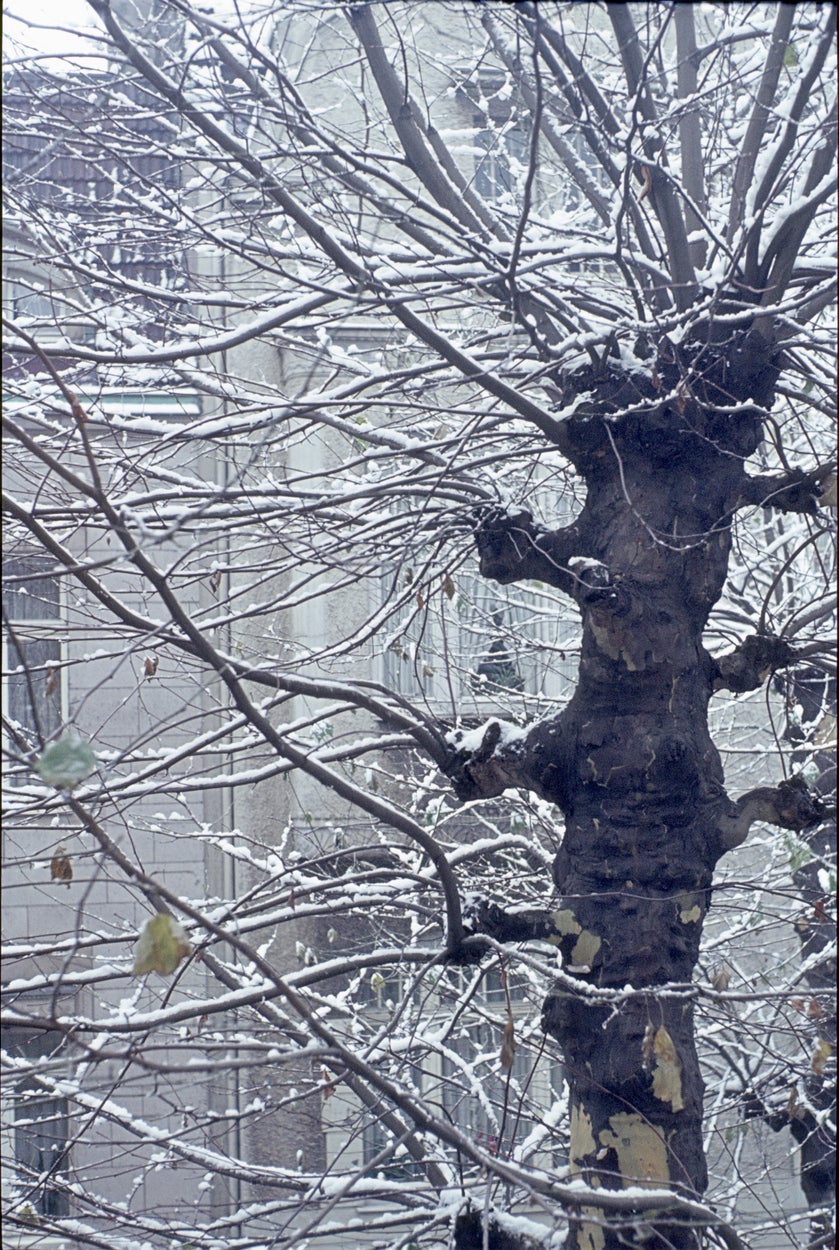 Plane Tree Winter Care – How To Prevent Plane Tree Winter Damage
Plane Tree Winter Care – How To Prevent Plane Tree Winter DamageFrost cracks on plane trees are the most dangerous signs of cold damage. However, most winter plane tree problems are superficial and the tree will heal itself over time. Learn when to worry and when to wait on plane tree winter damage in this article.
By Bonnie L. Grant
-
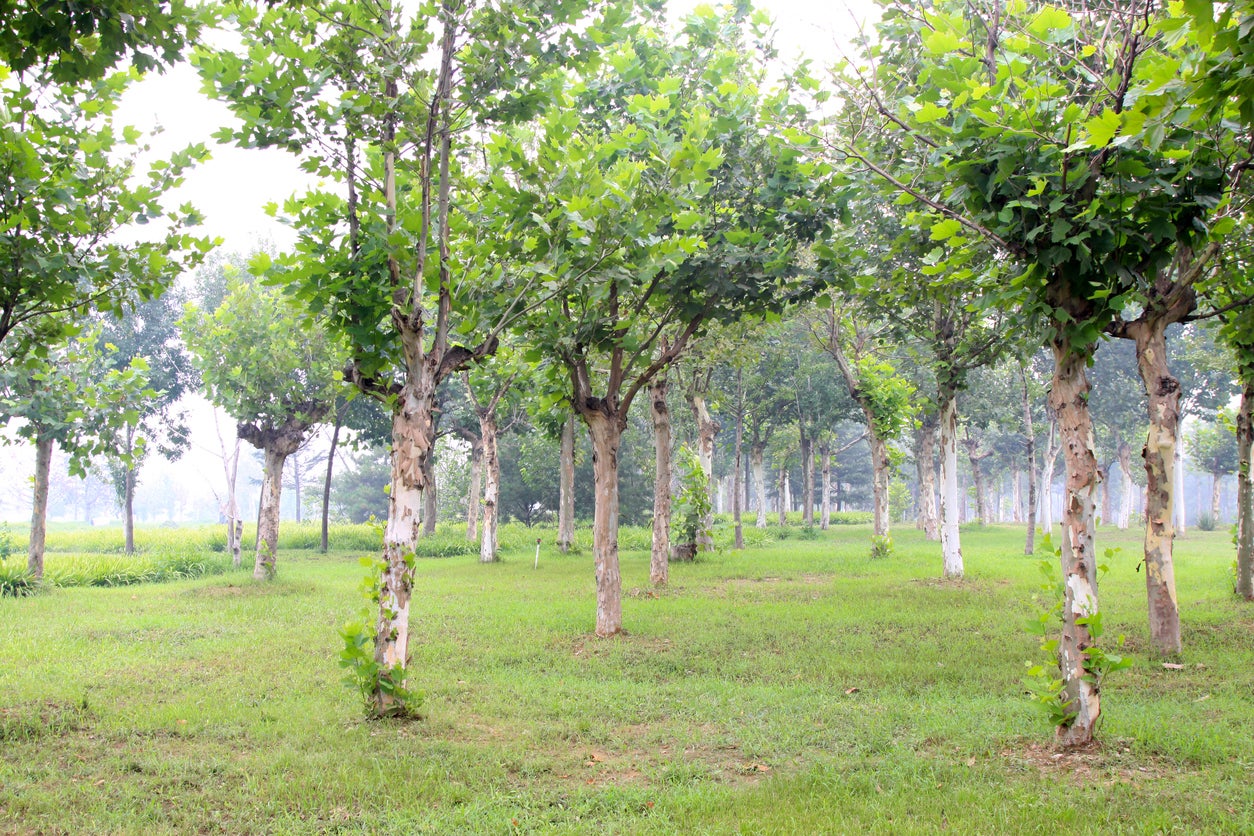 Oriental Plane Tree Info: Learn About Oriental Plane Trees
Oriental Plane Tree Info: Learn About Oriental Plane TreesWhat is an oriental plane tree? It is a deciduous tree species that can be an attractive shade tree in the backyard. If you want to know more about oriental plane trees, click here. You’ll find lots of oriental plane tree info plus tips on growing an oriental plane tree of your own.
By Teo Spengler
-
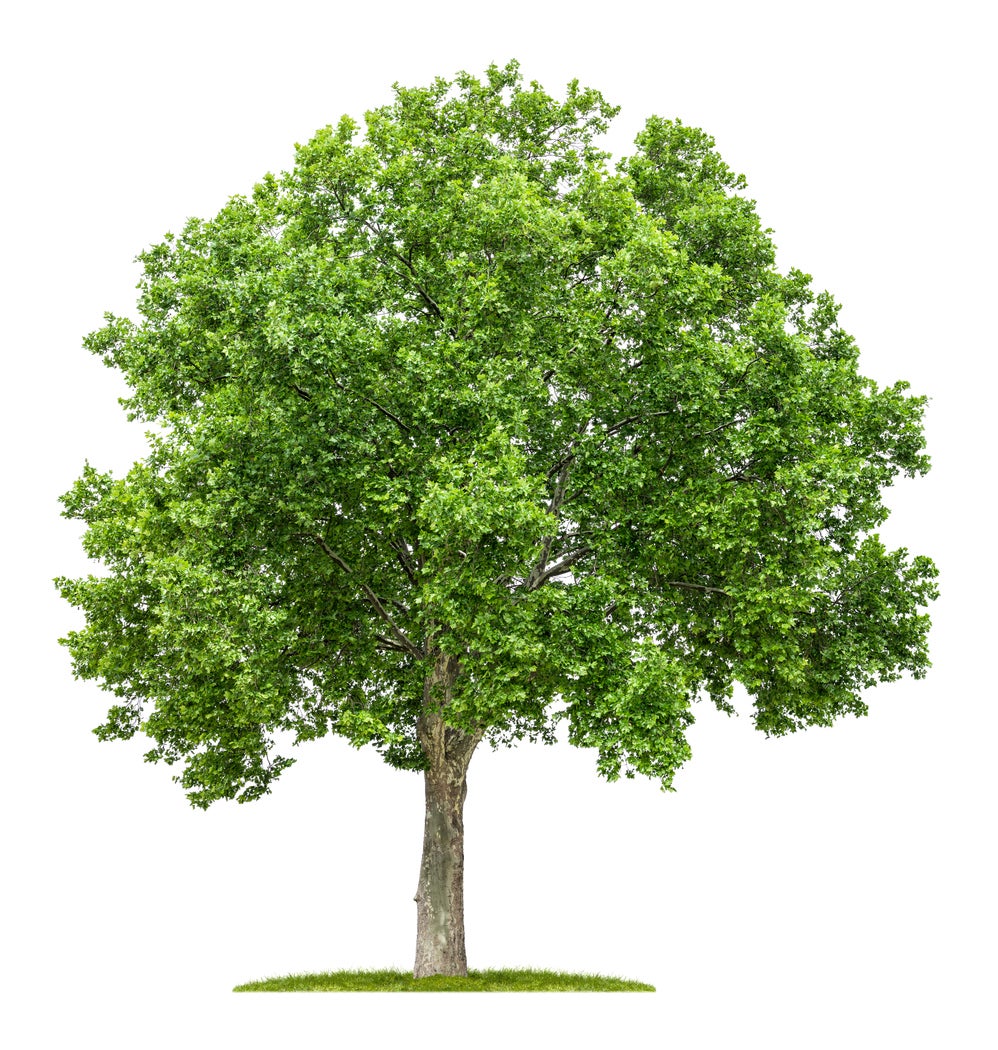 Plane Tree Benefits – What Can Plane Trees Be Used For
Plane Tree Benefits – What Can Plane Trees Be Used ForThe big, leafy plane tree graces streets in some of the busiest cities around the world. This versatile tree has adapted to survive pollution, grit and punishing wind, living on to provide welcome beauty and shade for many years. Find more plane tree benefits here.
By Mary H. Dyer
-
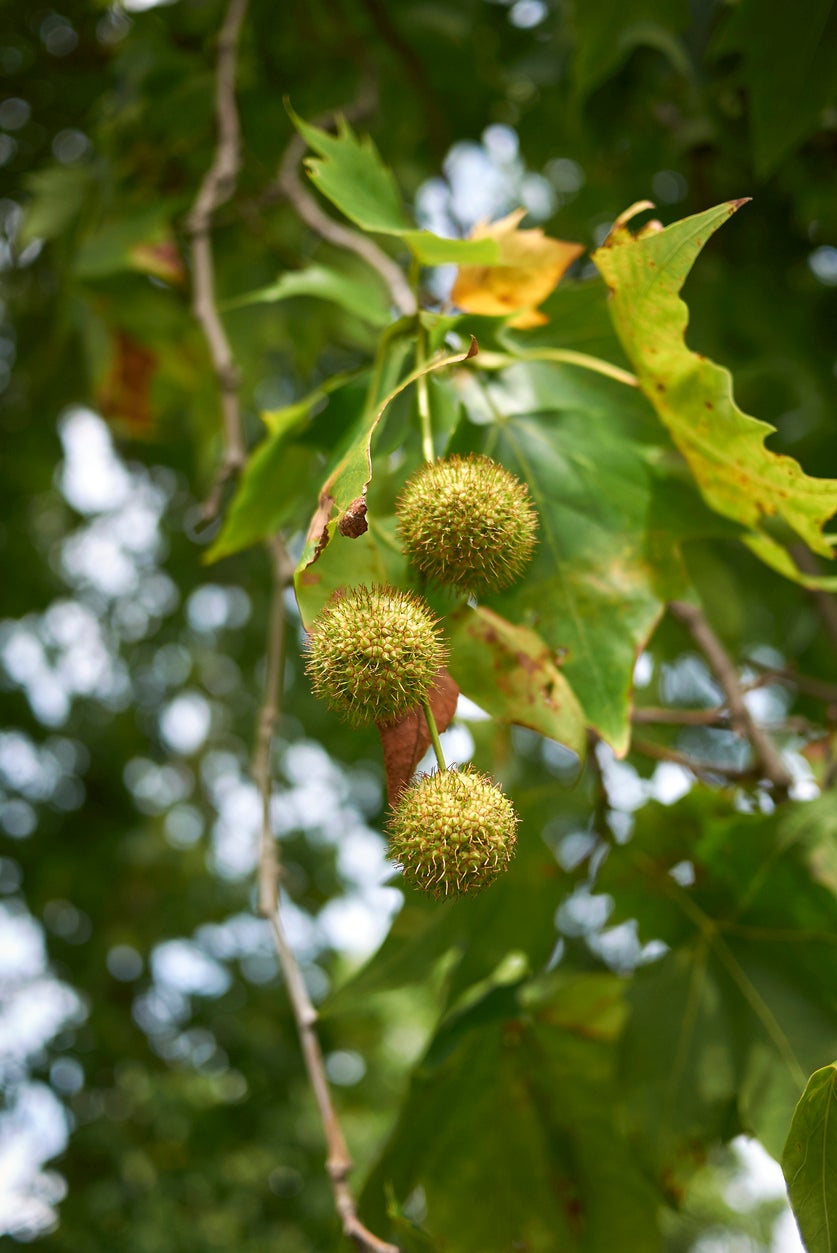 Sowing Seeds Of Plane Trees – Learn How To Plant Plane Tree Seeds
Sowing Seeds Of Plane Trees – Learn How To Plant Plane Tree SeedsPlane trees are tall, elegant, long-lived specimens that have graced urban streets around the world for generations. The trees are easy to propagate by taking cuttings, but if you’re patient, you can try growing plane trees from seed. Click here to learn how to plant plane tree seeds.
By Mary H. Dyer
-
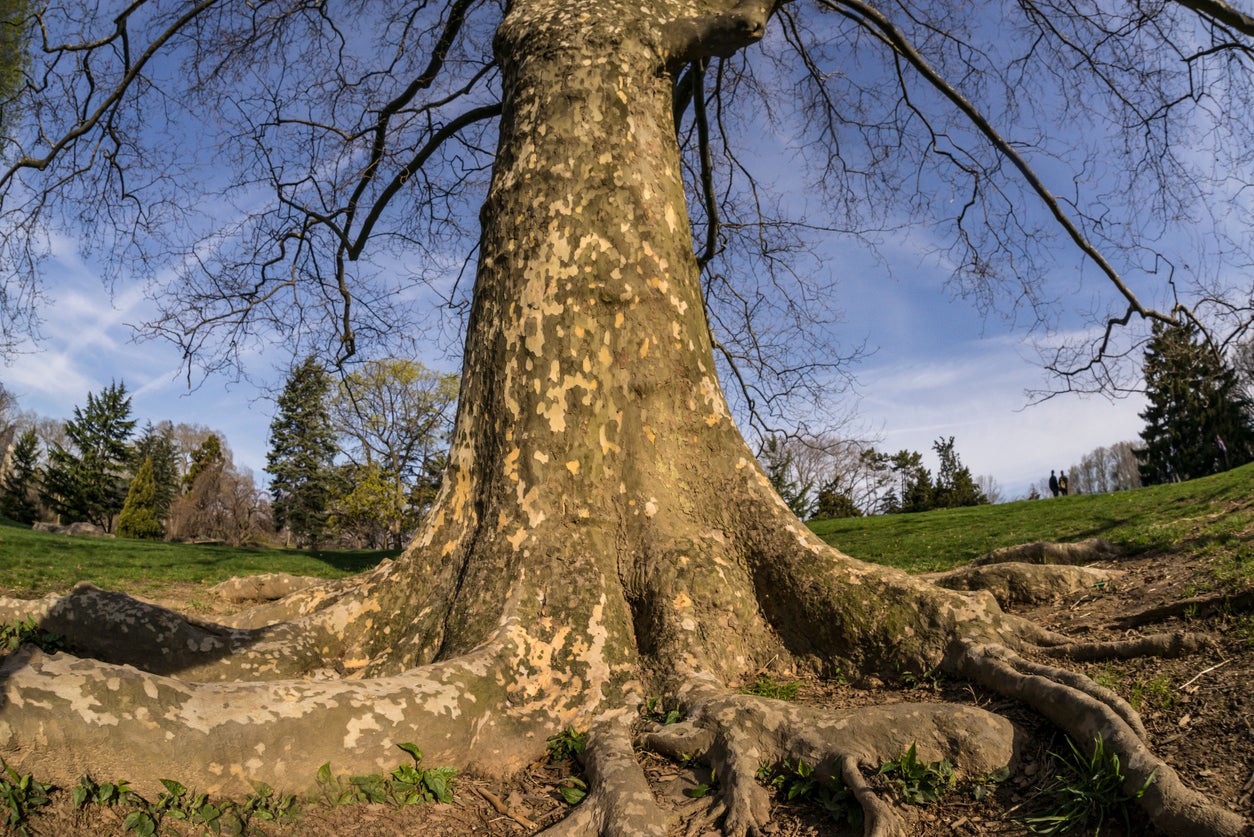 What To Do About Plane Tree Roots – Problems With London Plane Roots
What To Do About Plane Tree Roots – Problems With London Plane RootsLondon plane trees are highly adapted to urban landscapes and as such are common specimens in many of the world’s largest cities. Unfortunately, the love affair with this tree seems to be coming to an end due to problems with plane tree roots. Learn more here.
By Amy Grant
-
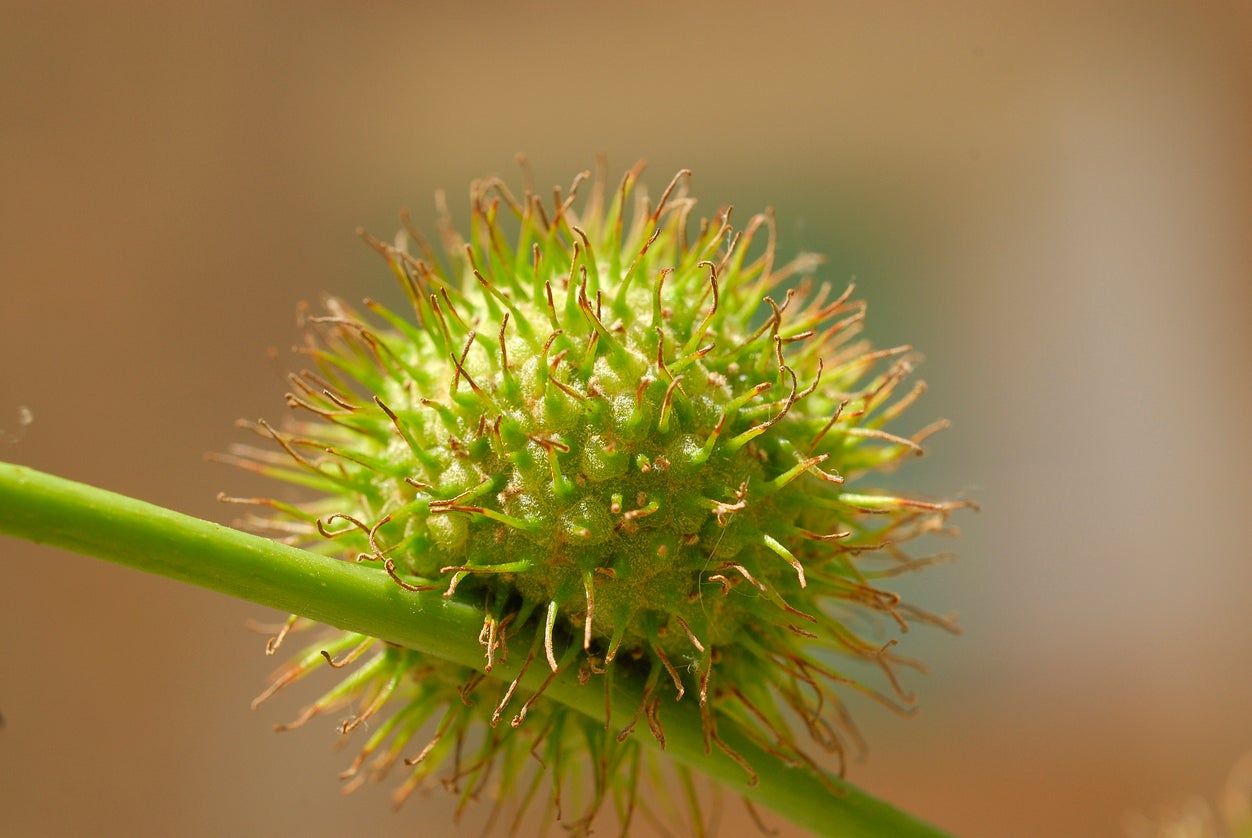 Plane Tree Pollen: Do Plane Trees Cause Allergies
Plane Tree Pollen: Do Plane Trees Cause AllergiesPlane trees are often urban trees, growing in or on the outskirts of cities. Do plane trees cause allergies? Many people say that they have an allergy to London plane trees. For more information on plant tree allergy problems, this article will help.
By Teo Spengler
-
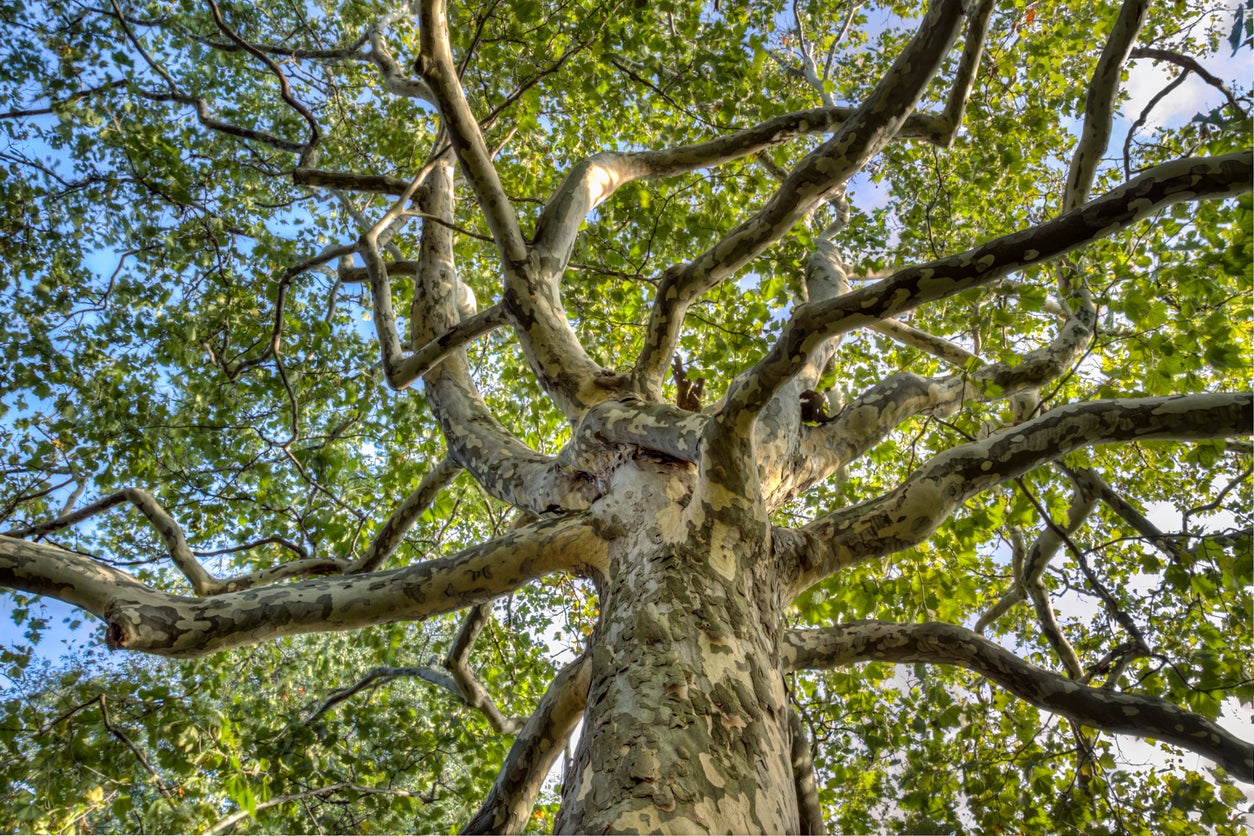 London Plane Tree Problems – How To Treat A Sick Plane Tree
London Plane Tree Problems – How To Treat A Sick Plane TreePlane tree diseases are primarily fungal, although the tree may be afflicted with other London plane tree problems. Click on this article to learn about plane tree diseases and how to treat a sick plane tree in your landscape.
By Amy Grant